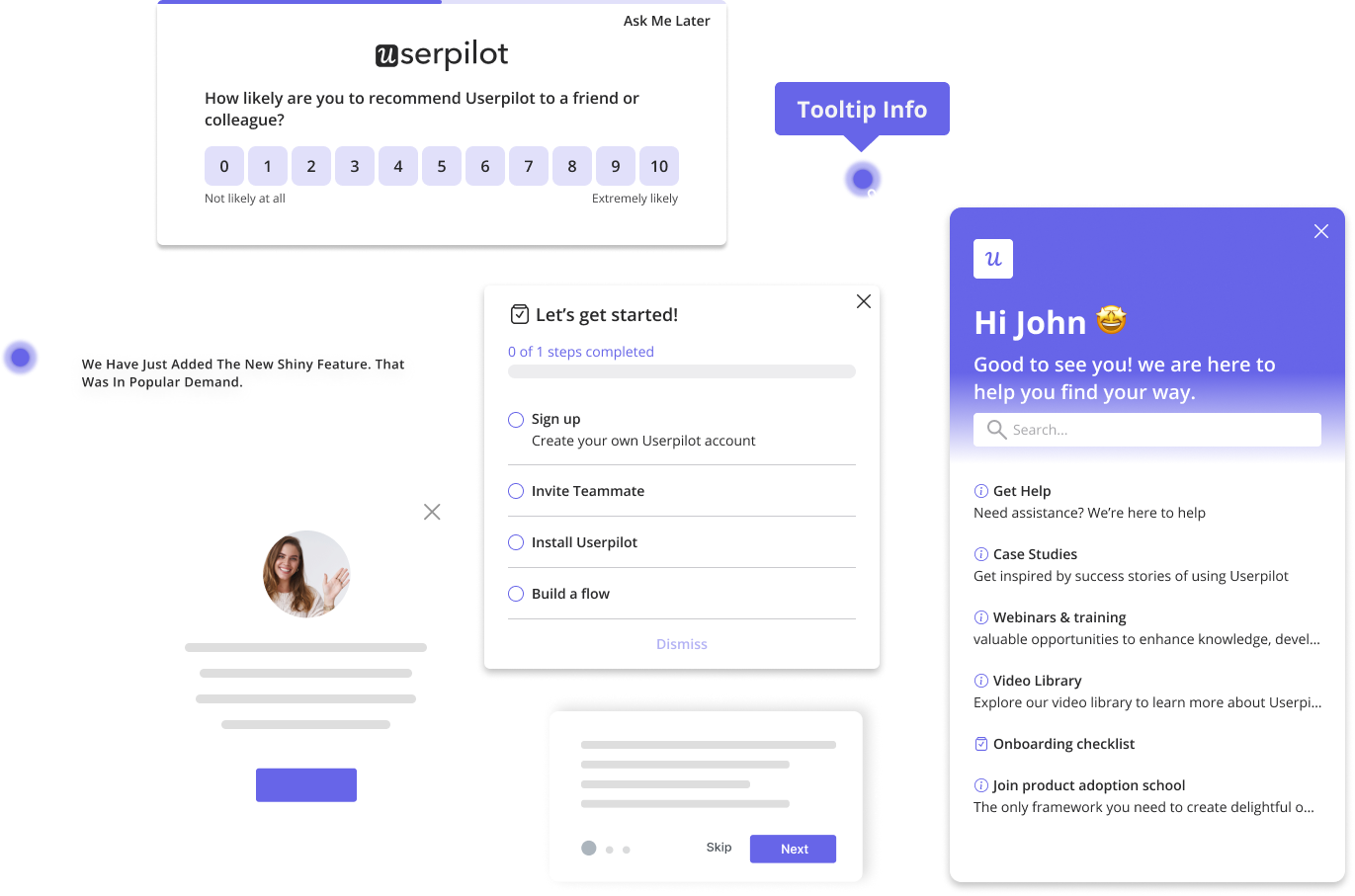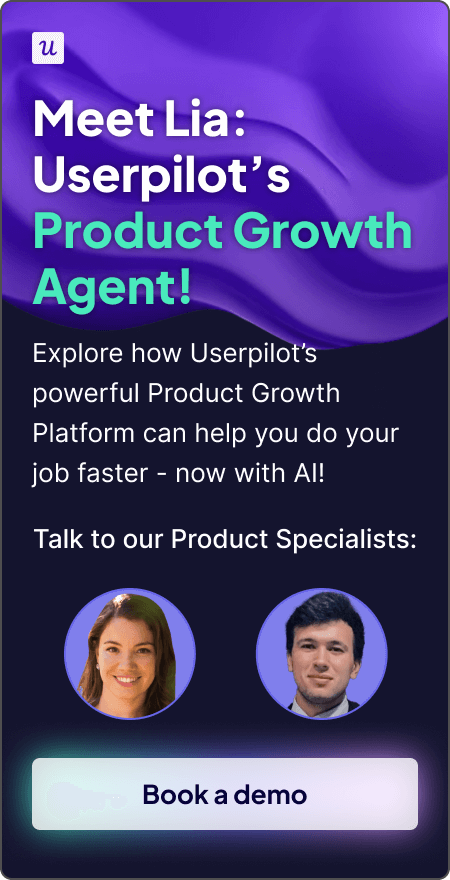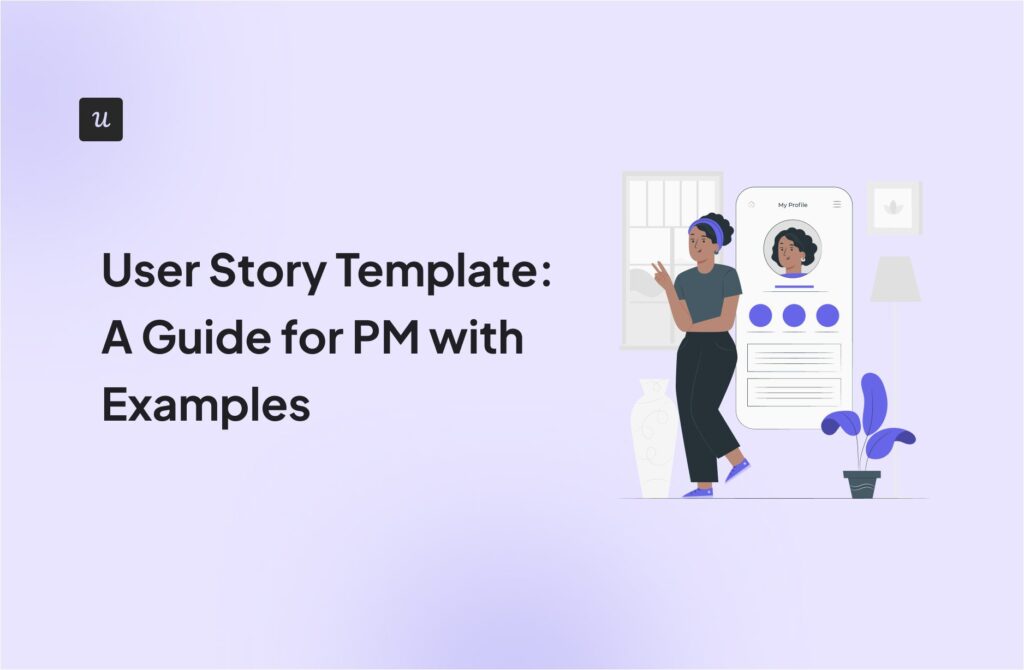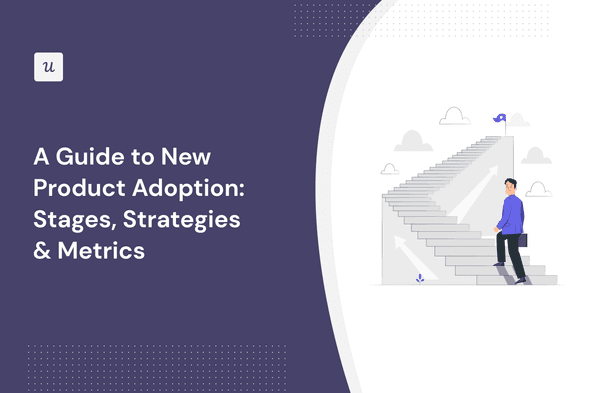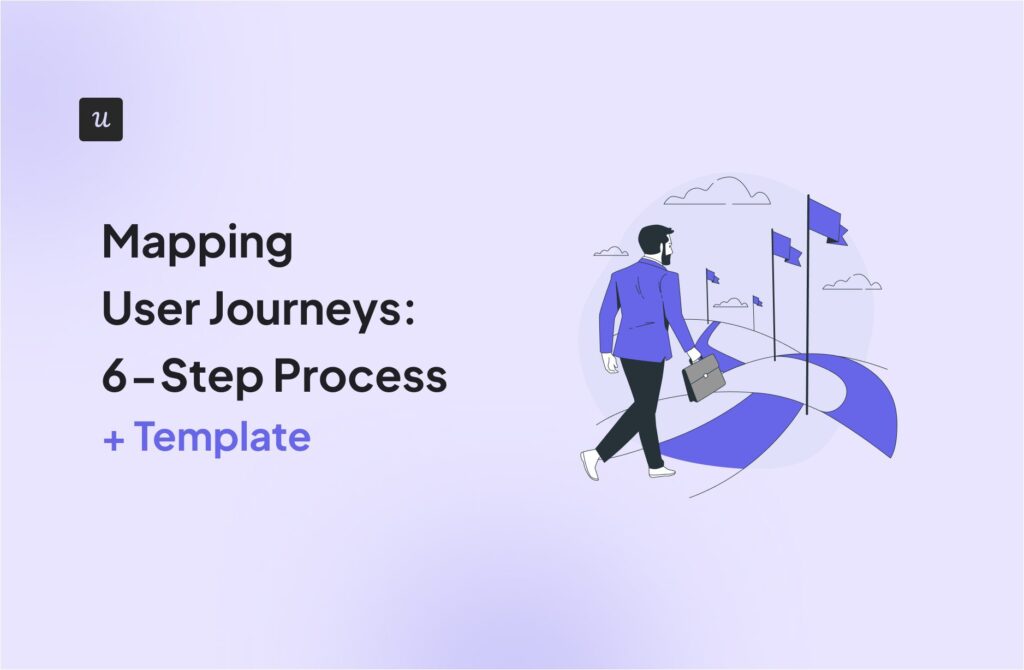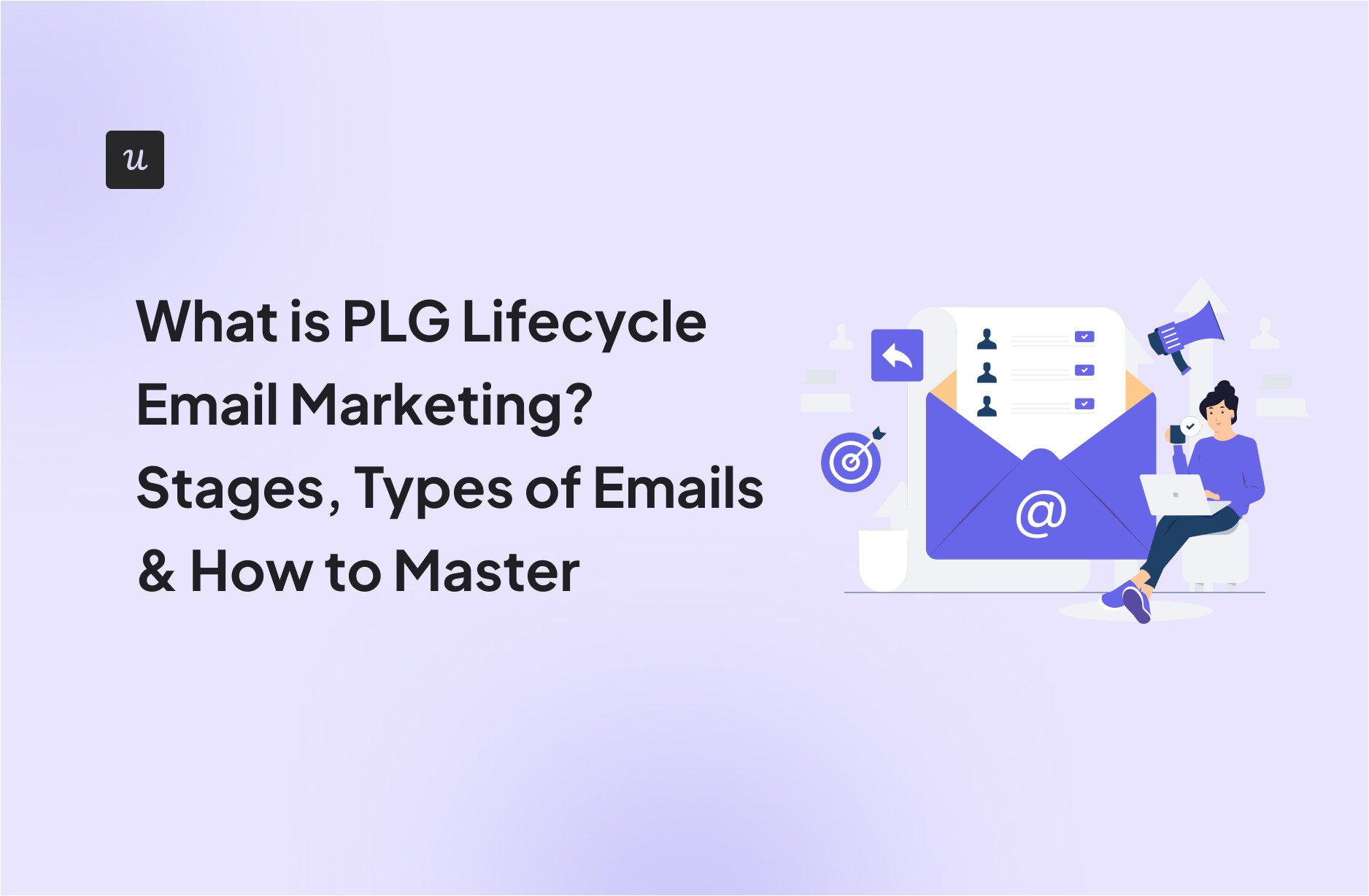
What is PLG Lifecycle Email Marketing? Stages, Types of Emails & How to Master
Lifecycle email marketing involves delivering relevant information via emails that match the customer’s needs, interests, and preferences at each customer journey stage.
By sharing relevant content with them, you can guide them through the buying process, enhance product engagement, and effectively nurture the customer relationship.
For example, a SaaS business could send a welcome email upon free trial sign-up, a nudge email for activation, a trial expiration reminder with an upgrade discount code, etc.
Notice how each of these provides relevant content to help the customer succeed in their journey? That’s exactly the point!
In this article, I explore the role of email marketing across the different lifecycle stages and the best practices to follow while doing so.
What’s your biggest challenge with lifecycle email marketing?
How do you currently segment users for your email campaigns?
How are you tracking the impact of your lifecycle emails?
Ready to master your lifecycle email marketing strategy?
Based on your answers, it looks like you’re ready to move beyond basic emails and drive real results with behavior-driven messaging. Userpilot can help you send the right message to the right user at the right time.
Try Userpilot Now
See Why 1,000+ Teams Choose Userpilot
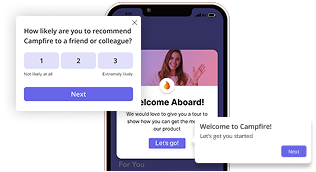
What are the lifecycle stages of the customer journey?
You’re likely already familiar with the traditional stages of the customer journey (awareness, engagement, …, retention, and advocacy).
While that is great for traditional marketing, I believe those stages do little to capture the unique structure of SaaS product-led marketing campaigns. Instead, I’ve found that the PLG-oriented 4 lifecycle stages work much better:

1. Explorers
This stage covers the initial period after a user signs up (perhaps for a free trial or freemium account) and continues until they complete a core activation event (creating their first project, sending their first email, etc.).
Goal for this stage: Grab the user’s attention and drive them to the initial activation point. This involves helping them complete their first successful action using the product’s core feature.
Main questions to answer here: What is the product or service for? How can I help users discover the product’s value as quickly as possible?
How this can be done via lifecycle email marketing: Send getting-started videos, infographics, checklists/simple setup wizards, or feature introductions as part of your welcome email series.
Example: Mailmodo’s welcome email.

What I like about this email
- A list of getting-started tasks for new users.
- Includes links to help the user learn more about each task.
- Contains a clear CTA to onboard the user.
- Opens up a channel for new users to request human assistance when stuck.
2. Beginners
These users have successfully completed their initial activation step, reaching your product’s fundamental “Aha!” moment. However, they are still new to your product and are focused on learning its core and most common functionalities.
Goal for this stage: Deepen user engagement with the product’s main features. By helping users experience your product’s primary value proposition fully, you can reduce friction, build their confidence in your product or service, and improve customer retention.
Main questions to answer here: What main functionality has the user failed to adopt? How can I help them form habits so they keep coming back?
How this can be done via lifecycle email marketing: Send core feature spotlight emails, “tips & tricks” for basic usage, short video tutorials, invitation to webinars, and user support resources for common issues.
Example: Miro’s feature spotlight highlights a key feature.

What I like about this email
- The email is concise and direct.
- It highlights what the feature is and why it’s important.
- It shows users how to get started with a brief 3-minute-long video.
- A clear CTA directs users to explore the feature.
3. Regulars
By this customer journey stage, your customers have become consistent users of your product’s main features. They’re satisfied customers who are achieving their primary goals with your product.
Goal for this stage: Help users expand their usage to more advanced or niche features that can boost efficiency, increase product stickiness, and encourage upgrades to higher-tier plans.
Main questions to answer: What advanced features can help the user get more out of the product? How can we nudge them to upsell?
How this can be done via lifecycle email marketing: Send advanced feature spotlight emails, use-case-specific guides, invitations to advanced webinars, case studies demonstrating the use of complex features, upgrade offers, feature recommendations based on their usage patterns, etc.
Example: Canva’s upgrade prompt for regular users.

What I love about this email
- Highlights all the advanced features that can be unlocked.
- Includes clear prices to encourage faster decision-making.
- Offers a premium free trial to help users get a feel for these features for free.
4. Champions
These are highly engaged customers who have become loyal customers. They consistently use the product, leveraging its full feature suite, and are likely to recommend it to others.
Goal for this stage: Nurture the growing customer relationship and make them the voice of your product. By empowering them to be advocates, they can bring new customers back to the flywheel through referrals.
Main questions to answer: How can I get these users to share customer testimonials? Where should we direct them to share these experiences?
How this can be done via lifecycle email marketing: Send testimonial or case studies requests, referral program invitations, beta testing opportunities, user interviews/survey participation requests, or offer exclusive access to content, forums, or user groups.
Example: MacPaw invites users to provide feedback via a survey.

What I love about this email
- Offers a clear appreciation for the user’s business.
- Explains how long the survey will take.
- Encourages the user to try other products at a discount.
How to build an effective lifecycle marketing strategy
Building an effective customer lifecycle marketing campaign involves more than just sending a series of emails. Each email must be targeted and relevant.
To make that happen, I love to use the “trigger > message > channel” approach. Here’s how it works:
- Trigger: An in-app behavior that can trigger a contextual message/email sequence. Examples include a user’s first interaction with a feature, feature abandonment, incomplete onboarding checklists, etc.
- Message: The specific message you’ll send. For an email, it should include a tailored subject line, body, visuals, and CTA, all of which must be relevant to the customer’s current stage. For example, following a user’s first interaction with a key feature, you can trigger an email highlighting the feature’s varied uses and applications.
- Channel: Choose the most relevant channel for the message. Although emails are great, they may not always be ideal. For example, I generally prefer emails for new feature introductions, and in-app walkthroughs for feature onboarding.

Tips for creating an effective lifecycle email marketing strategy
To carefully nurture the transformation of a user from an Explorer to a Champion, via lifecycle emails, there are some best practices I believe you must follow.
Use conversational and product bumpers to form habits in the exploration stage
Users at the exploration stage are still trying to figure out how to use your product to solve their problem. To get them to the point of activation and turn using your product into a habit, I’ve discovered that you’ll need a combination of conversational and product bumpers.
Conversational bumpers are messaging-based strategies that educate, re-engage, or prompt users to take action. These include your welcome messages, problem-solution approaches, feature-benefit explanations, and onboarding emails.
They should be connected to product bumpers, in-app elements that help users understand and navigate the product. Examples include onboarding checklists, progress bars, empty state CTAs, and similar tools.

Whereas conversational bumpers trigger the user’s desire to solve a problem, product bumpers facilitate the action needed to reach the activation point. When combined correctly, both bumpers can push the user from a new user to an active customer.
Personalize your emails through segmentation
For your lifecycle emails to be effective, personalization is key throughout the entire customer journey. You must deliver the right message to the right person at the right time.
In my experience, these personalized emails are 497% more effective than bulk emails. But good personalization has to go beyond just names. It should factor in the user’s product progress, usage behavior, purchasing history, etc.
There are many ways this can work in practice. For example:
- Trigger a congratulatory message after a user completes their first activation event, with instructions to help them tackle the next.
- If a new user has yet to interact with a core feature within X days, trigger a feature-benefit email to nudge them into action.
- Trigger a “quick tips” email X days after activation to help the user make the most of the product’s feature suite.

Focus on real-time customer data to make decisions
Real-time data lets you see how customers interact with your product, which enables precise targeting. You can track user funnels to see where they drop off in the conversion process, follow user paths, and track other engagement metrics.
Armed with this data, you can create clear goals for your email campaigns. For example, if a user is struggling with a specific feature (noticed through repeated clicks or incomplete setup), you can trigger a help email offering a tailored tutorial.
Similarly, if a user frequently interacts with a premium feature or approaches their usage limit, you can trigger an upgrade/upsell email to encourage them to get a higher plan.
Incorporate different marketing channels into your strategy
Emails are an excellent tool for delivering personalized, detailed, and automated sequences. But that doesn’t mean they should be your only lifecycle marketing channel.
Other channels I recommend considering include:
- In-app messaging: I love in-app messaging as it lets you deliver highly contextual messages immediately. These messages appear directly within the product to guide users while using the tool. You can deliver them via slideouts, walkthroughs, modals, checklists, etc.
- Push notifications: These messages are attention-grabbing and designed to get the user back into your mobile app immediately. They’re great for urgent, time-sensitive, or brief prompts like “Your [X] is ready” or “Your free trial is expiring in [X] hours.”
Monitor and track performance
My final tip is to track everything. How does this subject line perform versus that? What is the ideal CTA button (text, color, placement), email content, and sequence length? What are your email open and bounce rates?
Tracking your email performance and A/B testing its subject and content will help you identify the most successful combination of email components.
But you need to go further. Create and monitor KPIs for each lifecycle stage. For example, you can track activation rate performance for Explorers, churn rate for Beginners, and referrals for Champions.
As the data flows in, you can compare the numbers before and after your lifecycle email to measure its impact. Then, you can use the insights from the data to adjust your strategy, content, and automation flows.
How Userpilot can help with your customer lifecycle marketing strategy
Userpilot is a powerful product adoption platform that can help SaaS companies build and execute a lifecycle marketing strategy across different channels.
For starters, it offers a suite of lifecycle email templates and in-app and mobile UI patterns for a curated customer experience.
Importantly, Userpilot’s advanced analytics can help you track user behavior and product usage patterns. You can then combine multiple tracked events for real-time user segmentation and targeting.
This means you can trigger targeted email campaigns, in-app messages/surveys, and push notifications based on real-time user activity.
What’s more? You can apply these triggering/segmentation conditions to any messaging channel (mobile, in-app, or email), creating a truly omnichannel customer experience. You can even localize messages to match the language and region of each user. And you can do all this without writing code.
Wondering how to get started? I recommend booking a demo today to learn how you can design a personalized lifecycle marketing strategy for your product with Userpilot.

